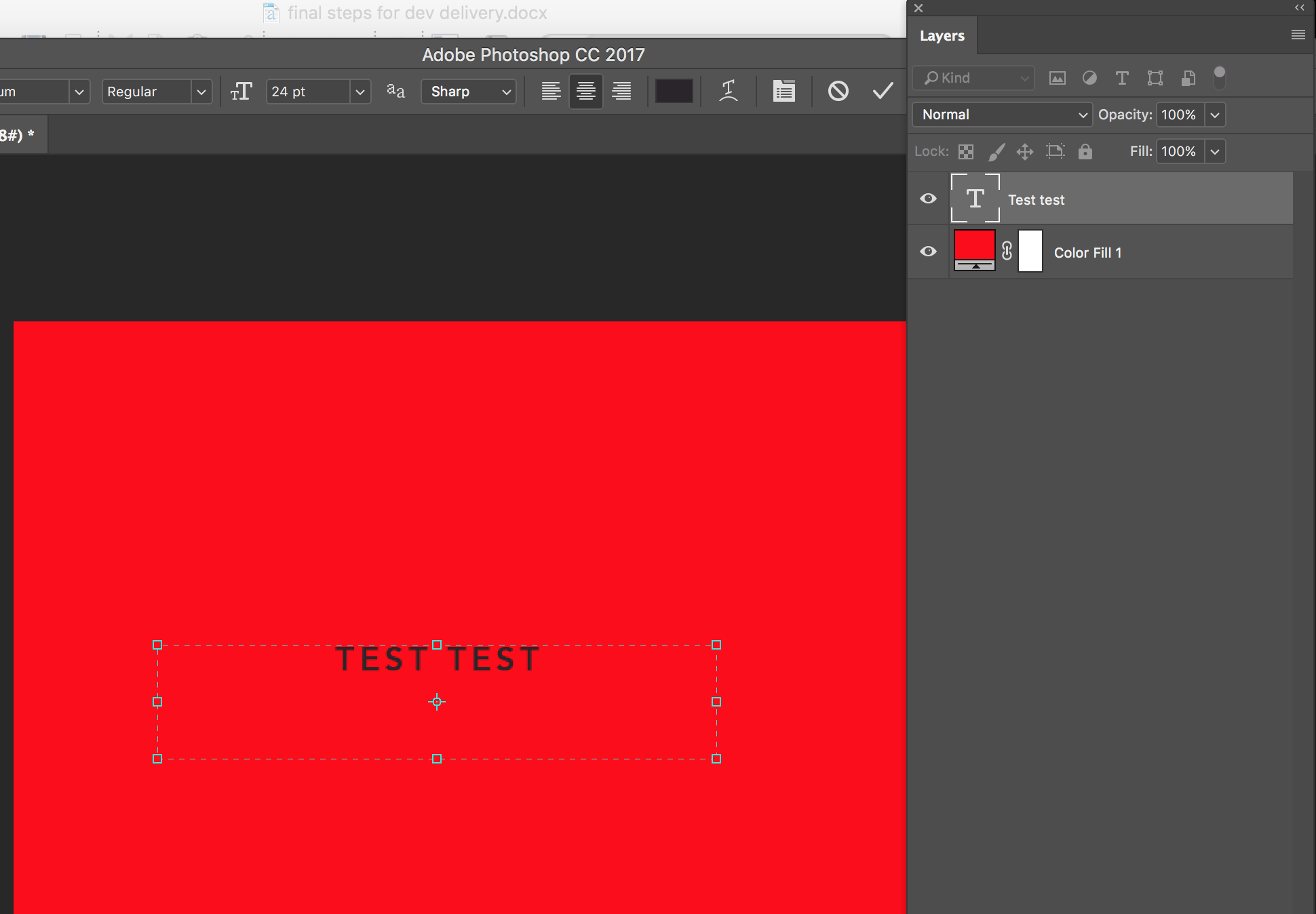

/resizelayer01-1dee0720b86e4b9ea24296e73a7e3805.jpg)
The interpolation method I recommend utilizing is Bi-cubic. Therefore, I would not recommend using this option either.

Interpolation refers to how Photoshop will create or remove pixels from within the image during the resizing process. The most important option within image size is “Resample Image” which determines what type of interpolation will be used to perform the resizing. If you don’t check scale styles you’ll end up with effects and text that aren’t of the same proportion to the resized image which will disturb your original composition. To ensure that this happens automatically make sure that the “Scale Styles” checkbox has been enabled. When resizing images in Photoshop you need to take into consideration any effects and/or text that you may have introduced into the image scale proportionally. But with that said, I’ve never unchecked this option instead preferring to use the transform tool. Of course, if you wish to distort your image simply uncheck constrain proportions and change the width and height accordingly. Constrain ProportionsĮnabling constrain proportions will prevent the image from being distorted during the resizing process, maintaining the original aspect ratio of the image with regards to the width and height values. If you’re saving images for the web you won’t need to worry about resolution because images displayed on the internet are entirely pixel-based and not resolution dependant. In general, I recommend you set your resolution to at least 254 pixels per inch (standard metric), however these days most photographers size their images to 300 pixels per inch which has become widely accepted as the industry standard. Photographic printers are resolution dependant whilst inkjet printers are not and therefore you’ll need to save your image files in the format required by your output device. If you intend on printing your images you’ll need to pay particular attention to whether or not you have the correct resolution set. Image Resolutionīelow the pixel and document dimensions is the resolution displayed in pixels per inch (default). For example, my original image of 72 megabytes has increased to 85 megabytes. If I wanted to resize this image to be 40 centimeters, I would adjust the document width accordingly which would also alter the file and pixel size. To the right of the width and height measurement you’ll notice a little bracket with a link icon indicating that the constrain proportions option is checked which we’ll be discussing shortly.Ĭhanging the size of your document or image only requires adjusting the appropriate numbers according to your exact requirements. Once again, we have the width and height represented in different units of measurement from millimeters, centimeters and inches. Underneath pixel dimensions is the document size which presents the exact dimensions and resolution of your image. I would prefer to use Photoshop’s Save for Web command listed underneath “File” in the main navigational menu, however if your images are too large you may have to resort to reducing the resolution of your image using “Image Size” prior to using launching “Save for Web”. Now, if you wish to resize your images for the web you’ll need to focus on pixel dimensions which is what monitor and screen resolutions are based.


 0 kommentar(er)
0 kommentar(er)
